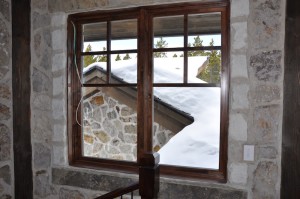As a culture, we are obsessed with what’s “in.” What’s new, popular, the latest trend, the style of the season. In the design world, we often talk about what’s hot. This year’s color, for instance. And we use expressions like, “oh, that’s so last year.” Have you ever walked into a home and instantly felt like you’ve been transported back to 1989? Not a particularly good year for design. And as you survey the shag carpetting and the dark wood and tile countertops you wonder, how could this have ever been in style? Or considered “good design.” But it was. Or was it? I think not.
I’m not alone in the opinion that good design is timeless. What is the point of designing something that has high standards that come with an expiration date? If you’re not designing for the future, your designing obsolescence. It’s one thing if you’re designing a dress. But when you’re talking about architectural design, and the associated investment of money and resources, do we really want to be purposely designing something that is doomed to look dated in a short while? Again, I think not.
So the next time you hear some designer gushing about “the current rage” you might want to consider the source and whether that so called “expert” really understands that good design never goes out of style. As someone who just has to have the latest iPhone etc. I know what it’s like to lose sight of good instinct just to pocket “what’s hot.” But one thing is sure. We all know what it feels like to walk into a room and know instantly that we’re in a space that time has left behind. And in this kind of place, no one feels comfortable. In fact, when we’re in a room, a place, a house, a hotel that feels dated, we immediately look for the nearest exit. So then, our instincts tell us that good design should never feel dated. So yes, we all have enough sense to know what good, timeless design is. We just need to remember, and then apply that sense when we’re making choices that should indeed, be good choices for many years to come.











